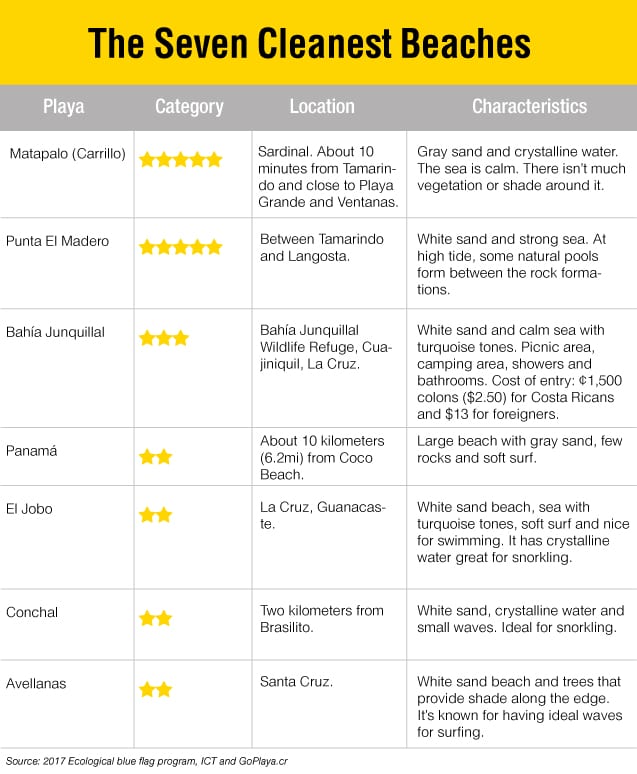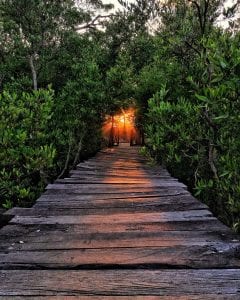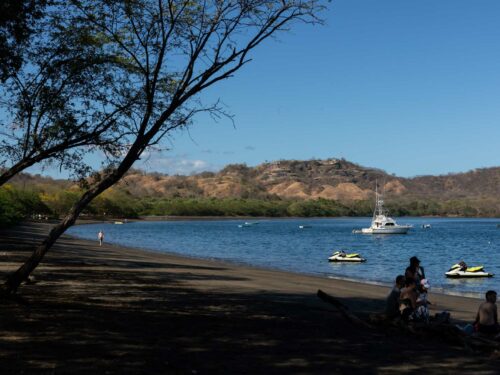
Esther Centeno says having two kilometers (1.2 miles) of clean beach like Junquillal isn’t an easy task, but that it’s gratifying and necessary work.
In 1996, a group of residents of Cuajiniquil, La Cruz, the closest to the beach, decided that they should do something so that Junquillal would be recognized as one of the cleanest beaches in the country.
“We knew that if we could get it certified, that could attract more visitors and benefit the town,” Centeno says.
In Costa Rica, the ecological blue flag program (BAE) gives out stars that corroborate standards of clean water, safety and tourism services on beaches. The maximum number of stars if five and Junquillal has three.
Centeno says that the first step was organizing a committee that she has presided over for seven years. The organization is also made up of eight members from groups including the Red Cross, the Cuajiniquil development association, city hall and members of the community. The rest involves complying with requirements.

Little by Little
Virgilio Espinoza, leader of the ICT’s department of certifications, says that for a committee to earn one star, it must pass two tests.
About 70 percent of this qualification is judged by the Aqueducts and Sewers Institute (AyA) with a quality test of both drinking water and seawater. The remaining 30 percent is done by the ICT, which evaluates safety, cleanliness and environmental education.
“In order to have the minimum of one star, you must comply with at least 90 percent of the requirements,” Espinoza says. “It’s a very demanding program.”

The bridge at Avellanas beach has become an icon here.
This year, Guanacaste has 35 beaches with at least one star. That’s how it begins. Centeno says that Junquillal started by earning one star and eight years later earned the third, which is the category it has now.
Junquillal has recycling bins, bathrooms and signs indicating sea currents. In order to buy them and install them, they sought out donors. They are also seeking funds now in order to make large investments so they can earn the fourth and fifth stars.
“In order to earn the fourth star, we need permanent life vests, and for the fifth we need a type of carpet so that someone with disability can get to the beach,” Centeno says. “These represent high costs for us and we have to figure out how to get it done.”
As part of the expansion of the ecological blue flag initiative, the program will add a pink star that will be granted to those beaches and committees that certify that they can manage currents and reptiles (like crocodiles).
The award will also be given in nine other categories, such as communities and schools.







Comments